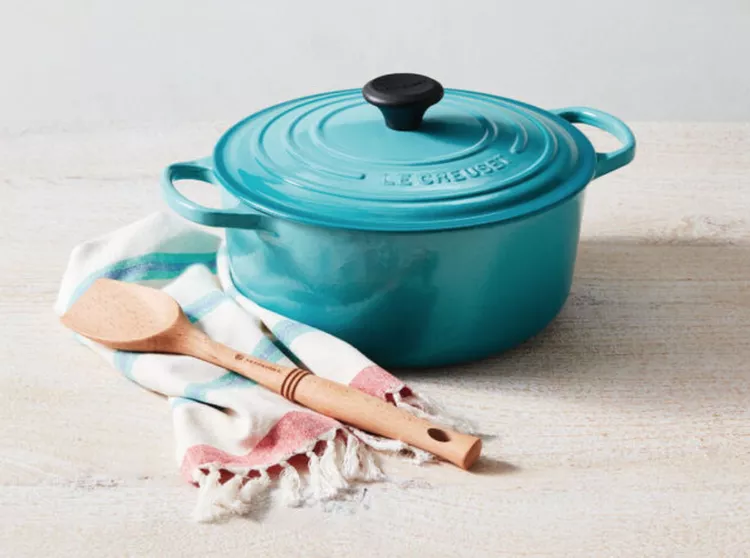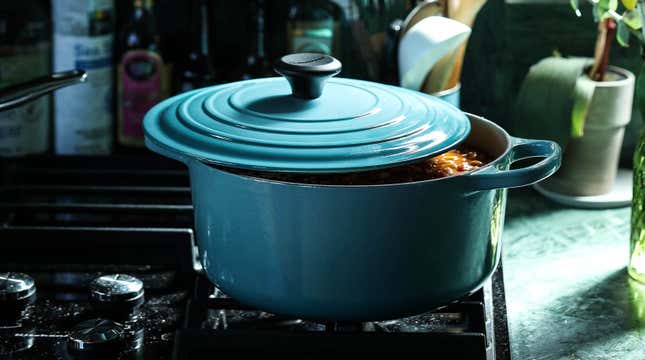When it comes to versatile kitchen equipment, few items hold the same acclaim as the Dutch oven. Whether you’re a seasoned cook or just starting your culinary journey, understanding what a Dutch oven is used for can transform your approach to home-cooked meals. This article will delve into the many uses of this tremendous piece of technology, ensuring you can extract its maximum potential.

The Genesis of the Dutch Oven
The Historical Backdrop
The Dutch oven has a rich history that dates back hundreds of years. Originally, it was designed as a durable, all-purpose pot to be used over open fires. Its heavy cast-iron construction made it perfect for long-term cooking, retaining and evenly distributing heat.
Modern Evolution
Today, Dutch ovens are crafted from various materials, including cast iron and ceramic. Modern technology has significantly improved their design, making them more user-friendly while retaining their core features of heat retention and versatility.

Primary Uses of a Dutch Oven
Perfect for Slow Cooking
One of the most beloved uses of a Dutch oven is for slow-cooking recipes. The heavy lid and thick walls create a stable cooking environment, ideal for dishes that require long simmering times, such as stews and braised meats.
Baking Bread
Have you ever wondered what is a Dutch oven used for beyond making stews? It’s here to bake bread! The Dutch oven mimics commercial steam ovens, making it possible to create a crusty, artisan-style loaf at home.
Sauting and Frying
The even heating properties of a Dutch oven make it suitable for sauting and frying. Whether it’s onions for a soup or chicken for dinner, the Dutch oven makes the process straightforward and hassle-free.

Specialized Culinary Uses
Soups and Stews
The Dutch oven excels in making hearty soups and stews. Its ability to maintain a constant temperature ensures even cooking, making it a go-to option for these dishes.
Baking Desserts
Believe it or not, you can bake a variety of desserts in a Dutch oven. From cakes to cobblers, the even heat distribution works wonders.

Maintenance and Care
Cleaning
Proper cleaning is crucial to maintaining the longevity of your Dutch oven. Learn more about how to clean your Dutch oven.
Seasoning
Seasoning your Dutch oven, especially if it’s made of cast iron, ensures it remains non-stick and rust-free. This process involves coating it lightly with oil and baking it.
Benefits of Using a Dutch Oven
Energy Efficiency
Dutch ovens are highly energy-efficient. Their ability to retain heat means you can cook at lower temperatures for shorter periods, saving on energy bills.
Healthier Meals
Dutch ovens promote healthier cooking by requiring less oil. Their natural non-stick surface also means fewer additives and a more organic cooking process.
Frequently Asked Questions
How do I season a Dutch oven?
Seasoning involves applying a thin layer of oil to the inside of the Dutch oven and baking it at a low temperature to create a non-stick and rust-resistant surface.
Can I use a Dutch oven on a glass stove top?
Yes, but you should be cautious. Ensure the bottom of the Dutch oven is smooth to avoid scratching the stove.
Is a Dutch oven dishwasher safe?
Generally, it’s best to hand-wash your Dutch oven to maintain its seasoning and prevent rust.
As an Amazon Associate, I earn from qualifying purchases.

